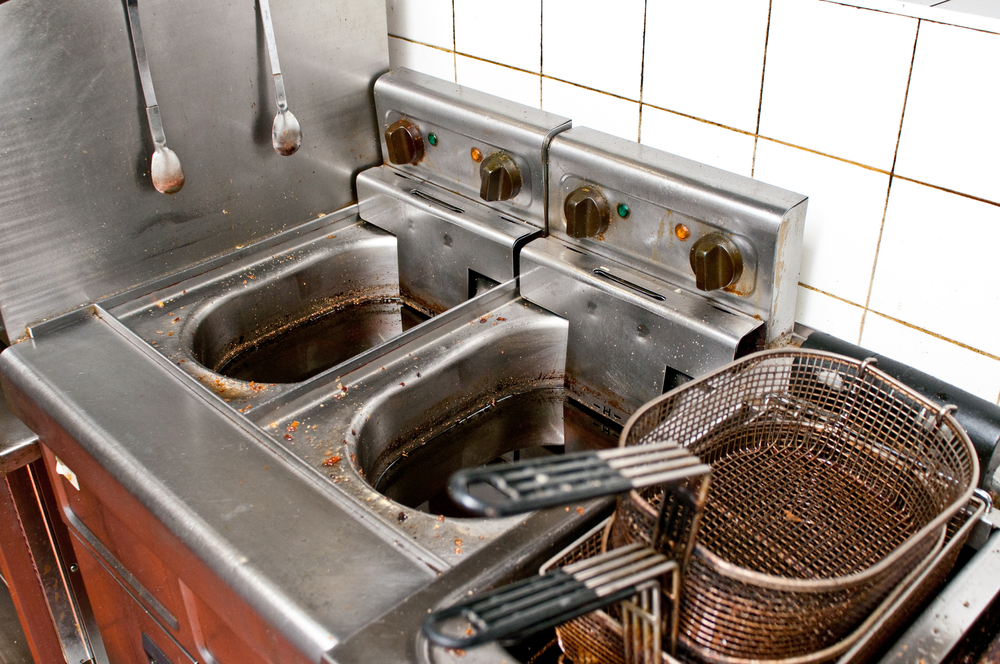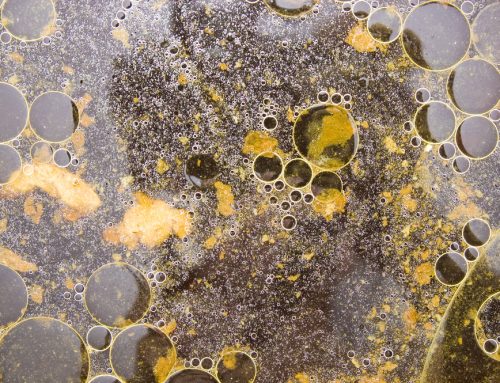Skip to content
The impact of disposing of fats, oils, and grease in the sewer system
- Fats, oils, and grease (FOG) come from meat fats in food scraps, cooking oil, shortening, lard, butter and margarine, gravy, and food products such as mayonnaise, salad dressings, and sour cream.
- FOG poured down kitchen drains accumulates inside sewer pipes. As the FOG builds up, it restricts the flow in the pipe and can cause untreated wastewater to back up into homes and businesses, resulting in high costs for cleanup and restoration.
- Manholes can overflow into parks, yards, streets, and storm drains, allowing FOG to contaminate local waters, including drinking water. Discharge and exposure to untreated wastewater is a public-health hazard.
- FOG discharged into septic systems and drain fields can cause malfunctions, resulting in more frequent tank pump-outs and other expenses.
- Restaurants, cafeterias, and fast-food establishments spend tens of thousands of dollars on plumbing emergencies each year to deal with grease blockages.
- The San Jacinto River Authority and The Woodlands Joint Powers Agency spend thousands of dollars every year unclogging or replacing grease blocked pipes, cleaning & repairing pump stations, and mitigating costly and illegal wastewater spills. Excessive FOG in the sewer system can affect local wastewater/water rates.
Share This Story, Choose Your Platform!
Page load link


